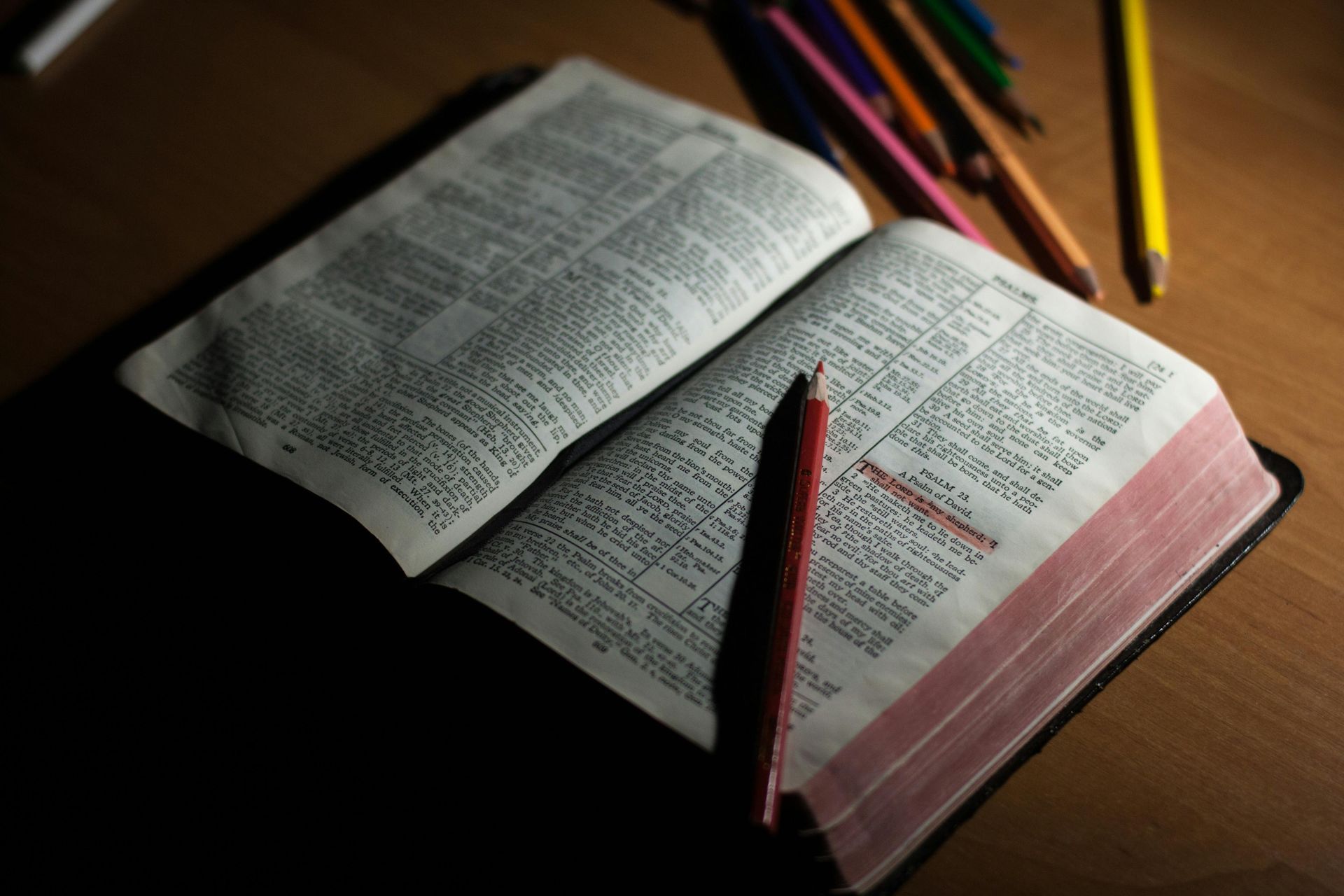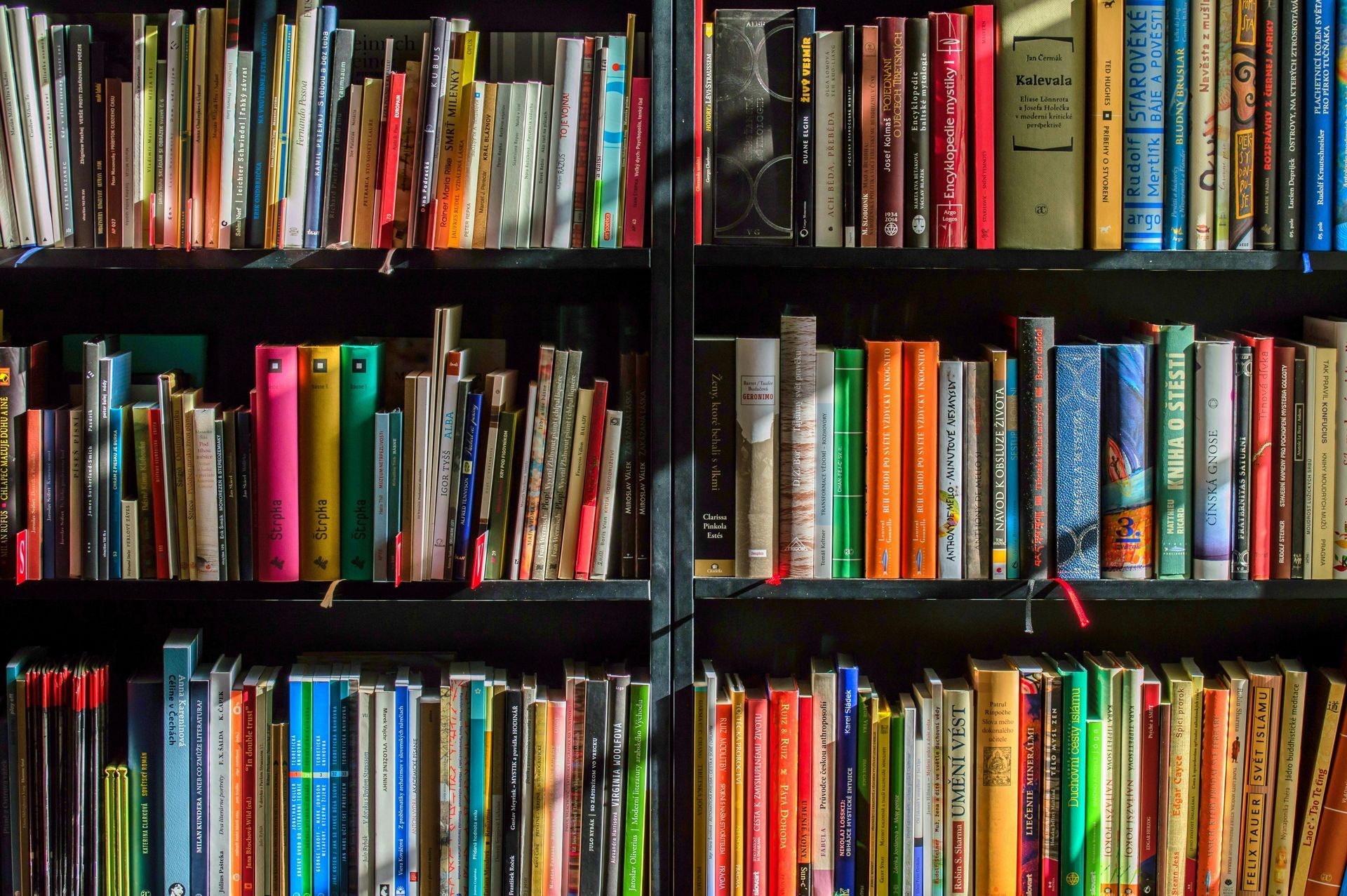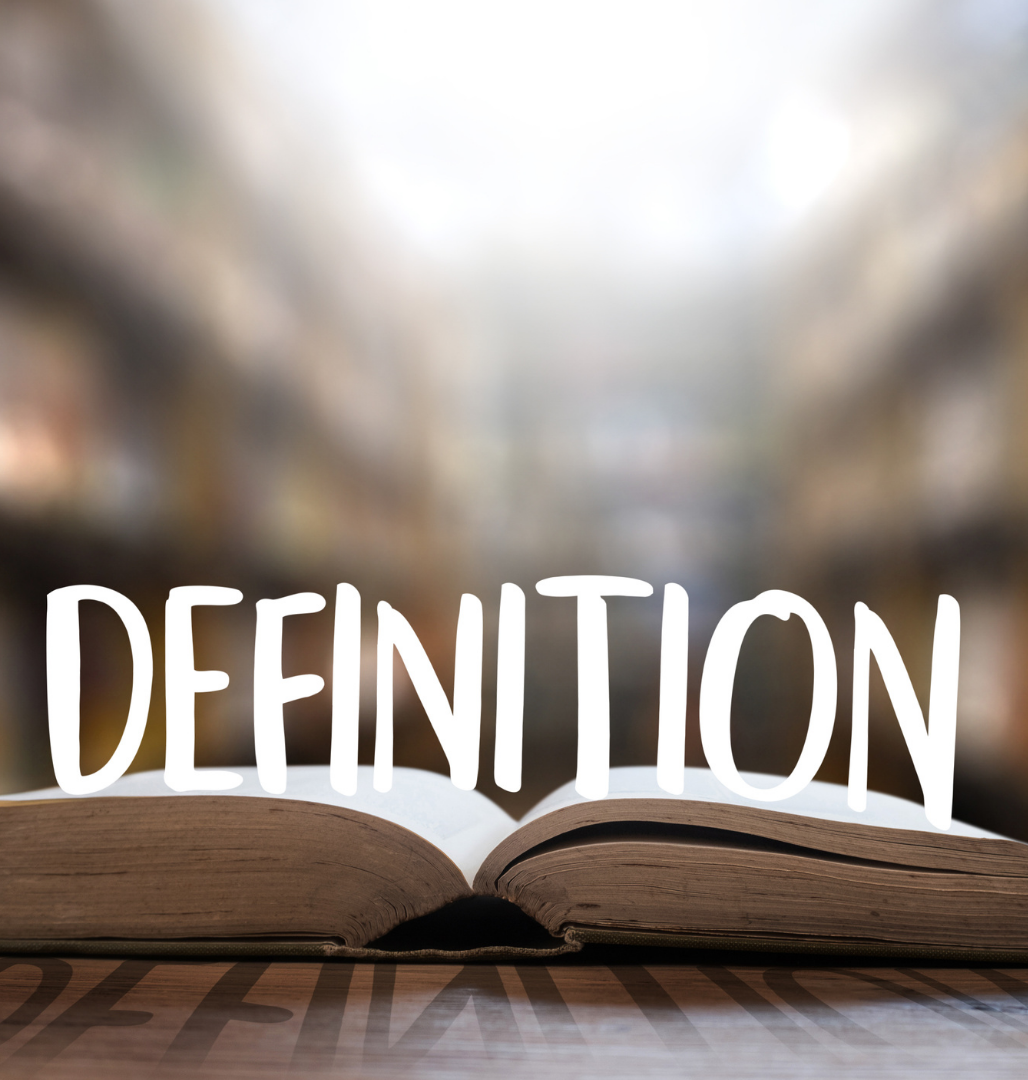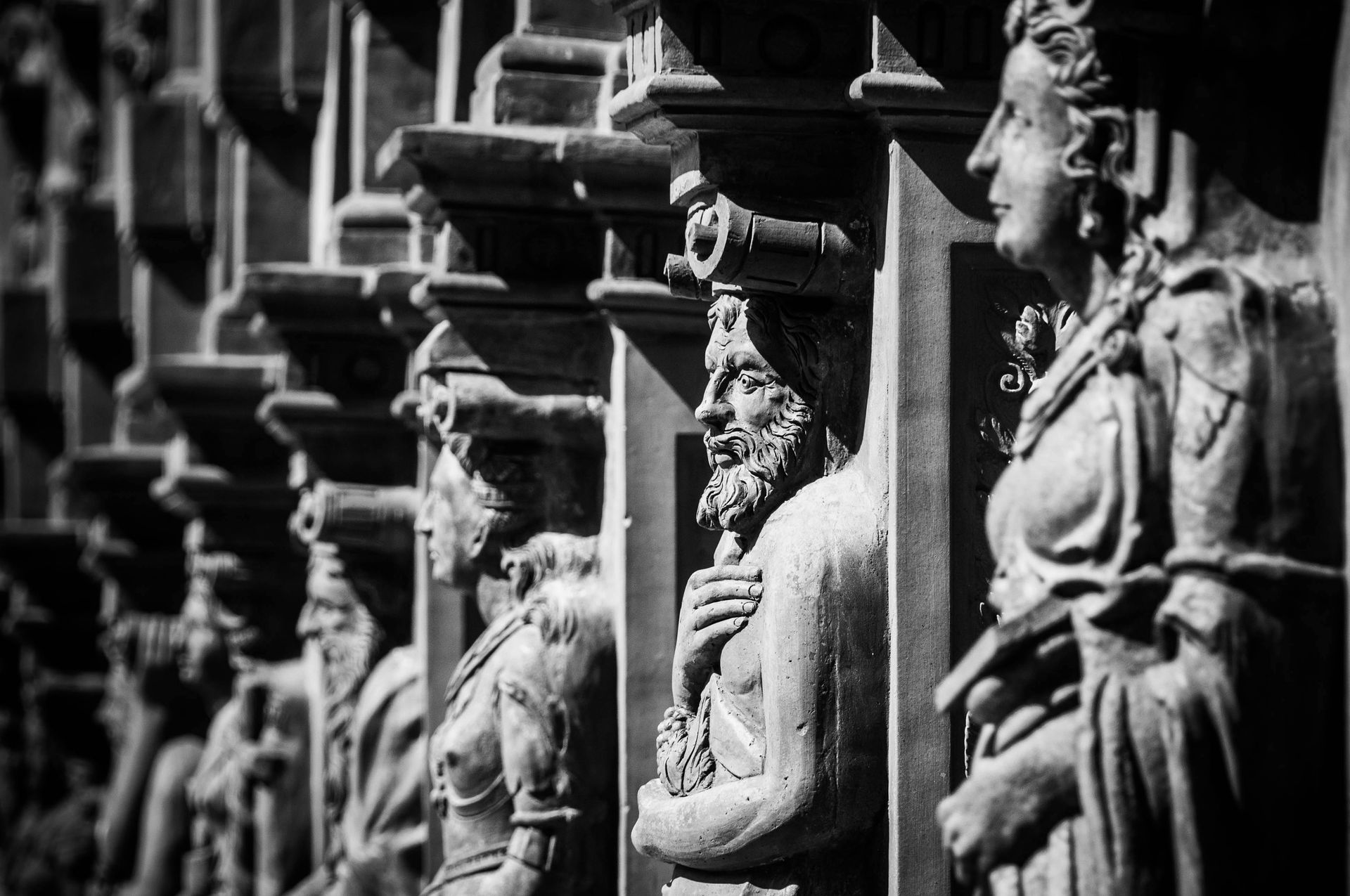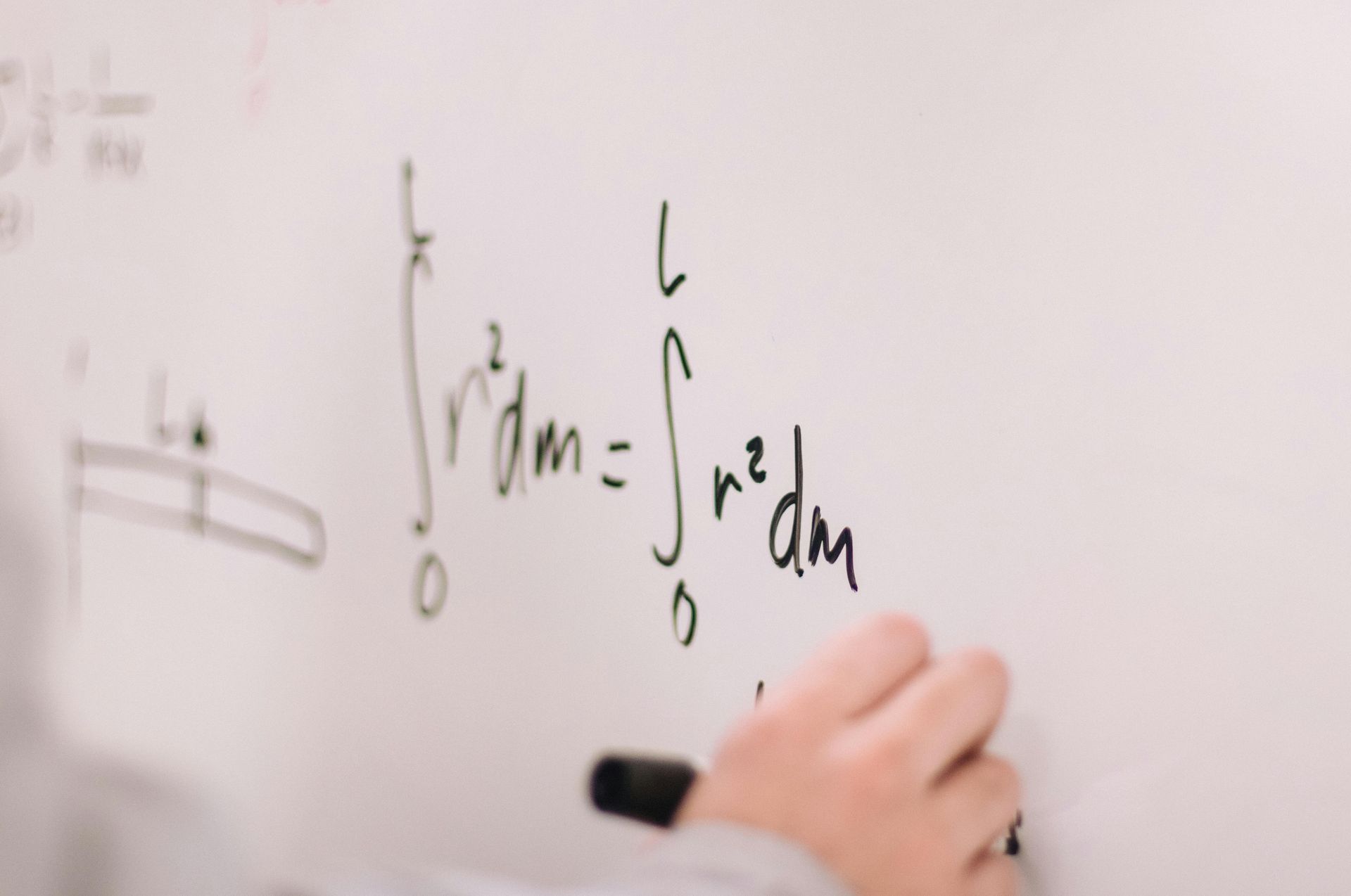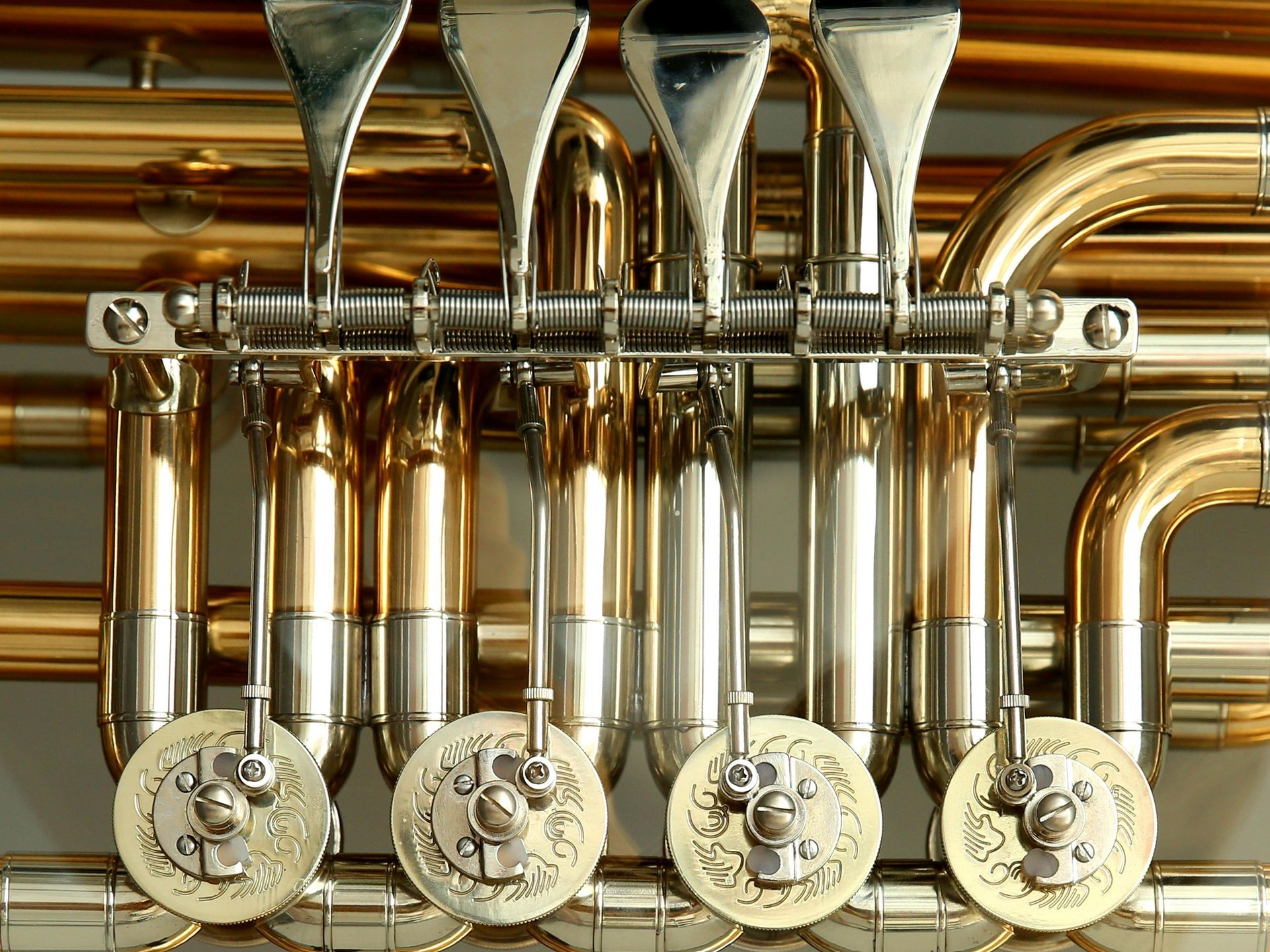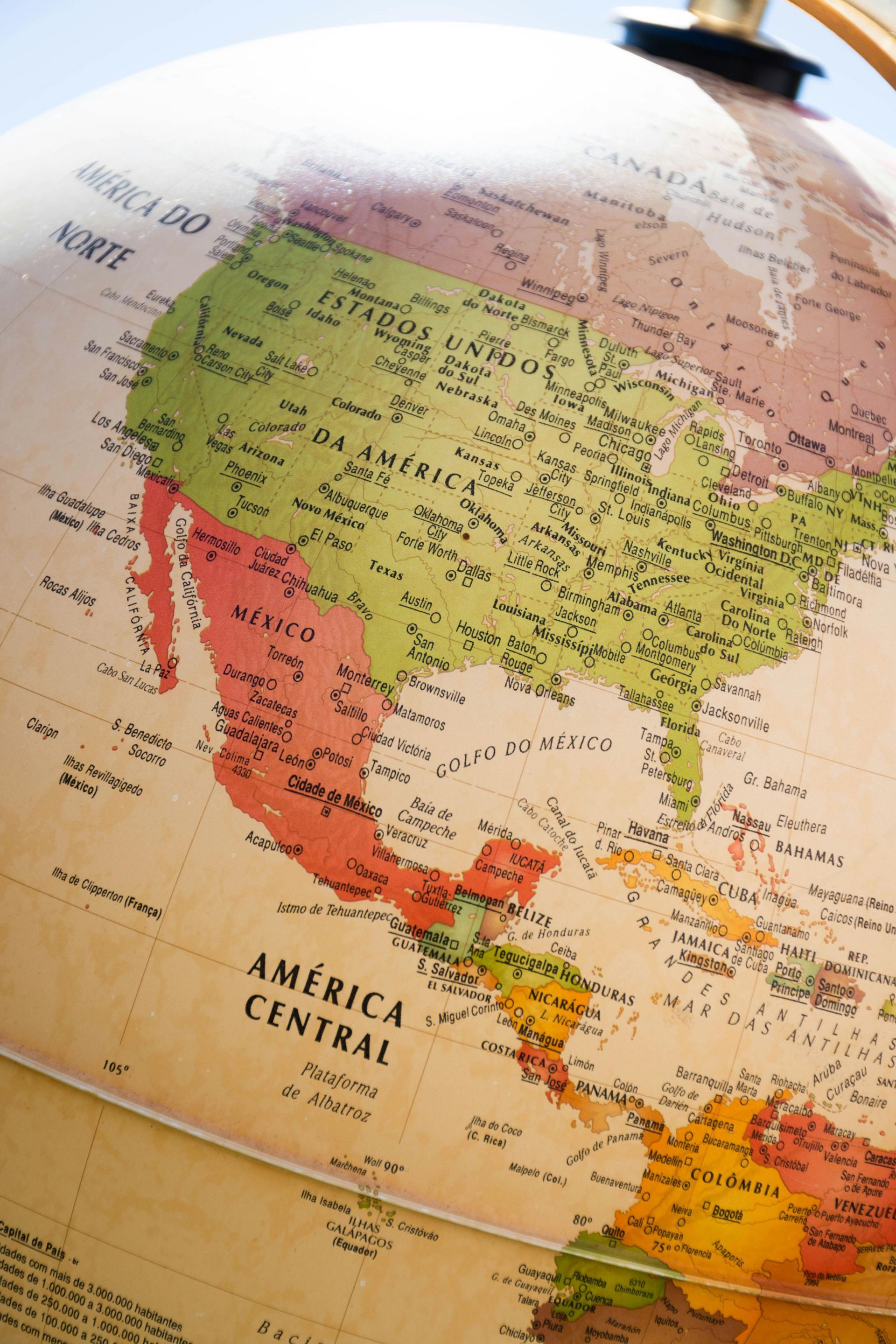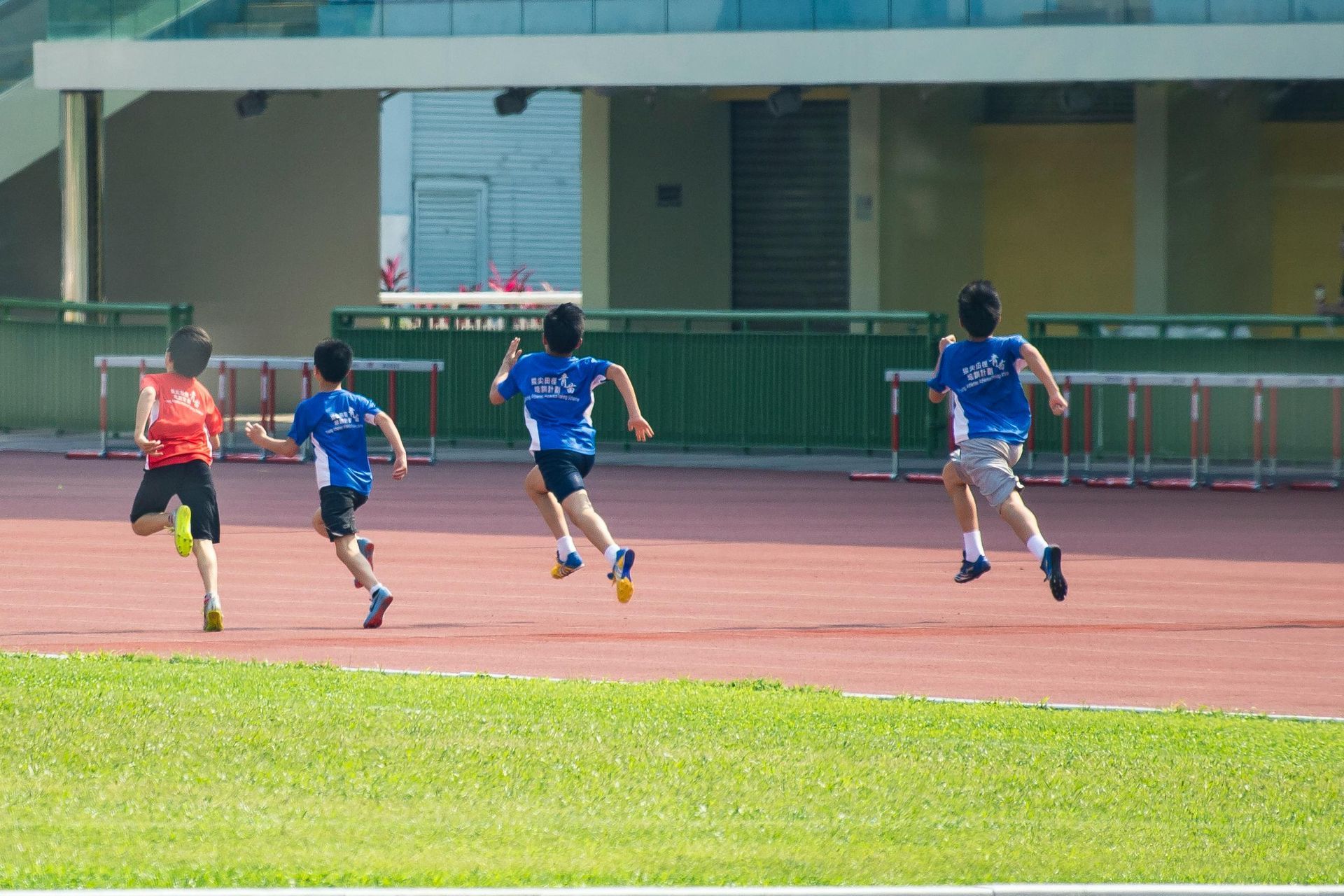Academics
This is paragraph text. Click it or hit the Manage Text button to change the font, color, size, format, and more. To set up site-wide paragraph and title styles, go to Site Theme.
Grade Level Curriculum Overview
Click the links below for an overview of the curriculum by grade.
TK
Language Art/English
- Upper and Lower Case Letter Recognition
- Letter Sounds & Phonics
- Enhancing Vocabulary
- Rhyming Words & Opposite Words
- Share-Time
- Sight Words
- Literature: Stories: Fiction, Non-Fiction, Poems, Fairy-Tales, Fables, and Folk-Lore
History and Geography
World
- Types of Land and Water Sources
- Planet Earth and Space
- Children’s Address, City and State
- Jungle, Desert, Arctic, Forest, City, etc.
American
- American Holidays
- Children round the World
- Native Americans and Pilgrims
- Our Flag
Visual Arts
- Applying Art skills with Fine Motor Development
- Viewing different Pictures of Art
- Working with a variety of Mediums
- Making Flat and 3 Dimensional art
- Examining Colors and Textures
- Free Art and Directed
Music
- Singing
- Dancing with Rhythm and Movements
- Using Basic Instruments
- Voice Tones and Projection
Mathematics
- Writing Numbers 1-20
- Counting 1-100
- Patterns
- Calendar
- Shapes
- Grouping
- Matching
- Basic Graphs
- Recognizing Same and Different
- Rote Counting
- More or Less
- Basic Addition
- Dot to Dot
- Sequencing by
- Size or Order
Science
- Our Five Senses
- Our Bodies and what’s Inside
- Eye Colors and Parts
- Parts of a Plant
- Animals and Their Habitats
- Weather and Seasons
- Planets and Solar System
- Daytime and Nighttime
- Insects
- Ocean Life
- Human Growth Stages; Infant-Adult
- Dinosaurs
Kindergarten
Language Art/English
- Reading and Writing
- The Role of an Author
- Poetry
- Fiction
- Sayings and Phrases
- Vowel differentiation
- Annunciation
- Memorization of high-frequency words
History and Geography
World
- Spatial Sense
- Great Explorers
- Overview of the Seven Continents
- World Holidays
American
- Geography
- Native Americans
- Early Exploration and Settlement (Columbus, Pilgrims, Independence Day)
- Presidents, Past and Present
- Symbols and Figures
Visual Arts
- Line Shape and Dimension
- Sculpture
- Warm/Cool Colors
- Interpretive Works of Art
- Looking at and Talking About Art
Music
- Elements of Music-basic elements (rhythm, melody, etc)
- Listening and Understanding Songs (Composers; Orchestra; Opera; Ballet; Jazz)
- Songs
Mathematics
- Patterns and Classification
- Numbers and Number Sense
- Money
- Computation
- Measurement
- Analysis of Charts
Science
- Plants and Plant Growth
- Animals and Their Needs
- Human Body (Five Senses)
- Introduction to Magnetism
- Seasons and Weather
- Taking Care of the Earth
- Science Biographies
1st Grade
Language Art/English
- Reading and Writing
- Poetry
- Phonics
- Fiction
- Sayings and Phrases
- Parts of Speech
- Punctuation
- Singular and Plural Nouns
- Handwriting
History and Geography
World
- Geography
- Early Civilizations (Mesopotamia, Ancient Egypt, History of World Religions)
- Mexico
American
- Early People and Civilizations (Maya, Inca, Aztec)
- Early Exploration and Settlement
- American Revolution
- Early Exploration of the American West
- Symbols and Figures
Visual Arts
- Art from Long Ago
- Elements of Art
- Kinds of Pictures: Portrait and Still Life
Music
- Elements of Music-basic elements (rhythm, melody, etc.)
- Listening and Understanding (Composers; Orchestra; Opera; Ballet; Jazz)
- Songs
Mathematics
- Patterns and Classification
- Numbers and Number Sense
- Money
- Subtract/Multiply
- Measurement
- Fractions/Geometry
Science
- Life Science-plants, animals, habitats
- Human Body (Body Systems)
- Physical Science-Matter Properties of Matter: Measurement
- Earth Science-weather, seasons
2nd Grade
Language Art/English
- Reading and Writing
- Poetry
- Fiction (Stories; Greek Myths; Greek and Roman Myths)
- Sayings and Phrases
History and Geography
World
- Geography
- Early Civilizations: Asia (India, China)
- Modern Civilization and Culture: Japan
- Ancient Greece
American
- American Government: The Constitution
- War of 1812
- Westward Expansion
- Civil War
- Immigration and Citizenship
- Civil Rights
- Geography of the Americas
- Symbols and Figures
Visual Arts
- Elements of Art
- Sculpture
- Kinds of Pictures: Landscapes
- Abstract Art
- Architecture
Music
- Elements of Music-basic elements (rhythm, melody, etc.)
- Listening and Understanding (Orchestra; Keyboards; Composers)
- Songs
Mathematics
- Numbers and Number Sense (addition, subtraction, division, and multiplication)
- Fractions
- Money
- Computation
- Measurement
- Geometry Fractions
- Computation
- Measurement
Science
- Cycles in Nature (Seasonal Cycles; Life Cycles; Water Cycles)
- Insects
- Human Body (Cells; Digestive and Excretory Systems)
- Magnetism
- Seasons and Weather
- Simple Machines
- 7. Science Biographies
3rd Grade
Language Art/English
- Reading and Writing
- Poetry
- Fiction (Stories; Classics; Norse Myths; Greek and Roman Myths)
- Sayings and Phrases
- Dictionary Skills
History and Geography
World
- World Geography (Spatial Sense; Canada; Important Rivers)
- Ancient Rome (Geography of Mediterranean Region; Roman Empire, “Decline and Fall”)
- Vikings
American
- The Earliest Americans
- Early Exploration of North America
- The Thirteen Colonies: Life and Times Before the Revolution
Visual Arts
- Elements of Art
- American Indian Art
- Art of Ancient Rome and Byzantine Civilization
Music
- Elements of Music (rhythm, timbre, etc.)
- Listening and Understanding (Orchestra; Composers)
- Songs
Mathematics
- Multiplication
- Division
- Word Problems
- Addition/Subtraction of decimals and fractions
- Measurement
- Rounding
Science
- Animal Classification
- Sound
- Ecology
- Astronomy
- Science Biographies
- Matter-Properties of Matter
4th
Language Art/English
- Writing, Grammar, and Usage
- Poetry
- Fiction (Stories; Classics; (Myths and Legends)
- Sayings and Phrases
History and Geography
World
- World Geography (Spatial Sense; Mountains)
- Europe in the Middle Ages
- Spread of Islam and “Holy Wars”
- Using Maps
American
- American Revolution-Oral Reports
- Making a Constitutional Government
- Early Presidents and Politics
- Symbols and Figures
- California History
Visual Arts
- Art of the Middle Ages
- Islamic Art and Architecture
- Art of a New Nation: The United States
- Elements of Art
Music
- Elements of Music (form, harmony, etc.)
- Listening and Understanding (Orchestra; Vocal Ranges; Composers)
- Songs
Mathematics
- Numbers and Number Sense
- Multiplication and Division
- Fractions and Decimals
- Statistics-Data Analysis
- Beginning Algebra
- Measurement
- Geometry
- Probability
Science
- Geology: Earth and Its Changes
- Introduction to Electricity
- Magnetism
- Changes and Human Body System
- Science Biographies
5th Grade
Language Art/English
- Reading and Writing
- Writing, Grammar, and Usage
- Poetry
- Fiction (Stories; Classics; Myths and Legends)
- Sayings and Phrases
History and Geography
World
- World Geography (Spatial Sense; Lakes)
- Meso-American Civilizations
- European Exploration, Trade, and Clash of Cultures
- Renaissance and Reformation
- England from the Golden Age to the Glorious Revolution
- Russia: Early Growth and Expansion
- Feudal Japan
American
- Westward Expansion
- Civil War: Causes, Conflicts, Consequences
- Native Americans: Cultures and Conflicts
- U.S. Geography
Visual Arts
- Art of the Renaissance
- American Art: Nineteenth-Century United States
- Art of Japan
Music
- Elements of Music (timbre, rhythm, etc.)
- Listening and Understanding (Composers; Connections)
- American Musical Traditions (Spirituals)
- Songs
Mathematics
- Numbers and Number Sense
- Ratio and Percent
- Fractions and Decimals
- Computation
- Measurement
- Geometry
- Probability and Statistics
- Pre-Algebra
Science
- Classifying Living Things
- Physical Science: matter, elements, and reactions
- Plant Structures and Processes
- Life Cycles and Reproduction
- Earth Science-solar system
- Chemistry: Matter, Change, Atoms, Elements, and Solutions
- Scientific Investigation (science project)
6th Grade
Language Art/English
- Writing, Grammar, and Usage
- Poetry
- Fiction and Drama (Short Stories; Shakespeare; Classical Myths; Classic Literature)
- Common Sayings and Phrases
- Drama Production
- Public Speaking
- Root Words
History and Geography
World
- World Geography (Spatial Sense; Deserts)
- Lasting Ideas from Ancient Civilizations (Judaism, Christianity; Greece and Rome)
- Enlightenment
- French Revolution
- Ancient Egypt
- Romanticism
- Industrialism, Capitalism, and Socialism
- Latin American Independence Movements
American
- Immigration, Industrialization, and Urbanization
- Reform
Visual Arts
- Art History: Periods and Schools (Classical; Gothic; Renaissance; Baroque; Rococo; Neoclassical; Romantic; Realism)
Music
- Elements of Music
- Classical Music: From Baroque to Romantic through listening
Mathematics
- Numbers and Operations
- Measurement
- Intro to Algebra
- Intro to Geometry
- Data Analysis and Probability
Science
- Plate Tectonics
- Oceans
- Astronomy: Gravity, Stars, and Galaxies
- Energy, Heat, and Energy Transfer
- Human Body (Lymphatic and Immune Systems)
7th Grade
Language Art/English
- Writing, Grammar, and Usage
- Poetry
- Fiction, Nonfiction, and Drama (Short Stories; Classic Play; Classic Literature; Autobiography)
- Foreign Phrases Commonly Used in English
- Drama Production
- Public Speaking
- Root Words
History and Geography
World
- America Becomes a World Power
- World War I, “The Great War”
- Russian Revolution
- America from the Twenties to the New Deal
- World War II
- Geography of the United States
Visual Arts
- Art History: Periods and Schools (Impressionism; Post-Impressionism; Expressionism and Abstraction; Modern American Painting)
Music
- Elements of Music
- Music and National Identity through listening
- American Musical Traditions (Blues and Jazz) through listening
Mathematics
- Course 3: Numeration, scientific notation, multi-step equations, square/cube roots, transformations, Pythagorean Theorem
- Algebra: Foundations, Equations, Polynomials, Systems of Linear Equations and Inequalities, Probability and data analysis
Science
- Atomic Structure
- Chemical Bonds and Reactions
- Cell Division and Genetics
- History of the Earth and Life Forms
- Evolution
- Science Experiment
8th Grade
BrightwheelLanguage Art/English
- Writing, Grammar, and Usage
- Poetry
- Fiction, Nonfiction, and Drama (Short Stories; Shakespeare; Classic Literature)
- Foreign Phrases Commonly Used in English
- Drama Production
- Public Speaking
- Root Words
History and Geography
World
- Decline of European Colonialism
- Cold War
- Civil Rights Movement
- Vietnam War and the Rose of Social Activism
- Middle East and Oil Politics
- End of the Cold War: Expansion of Democracy and Continuing Challenges
- Civics: The Constitution — Principles and Structure of American Democracy
- Geography of Canada and Mexico
Visual Arts
- Art History: Periods and Schools (Painting Since World War II; Photography; 20th-Century Sculpture)
- Architecture Since the Industrial Revolution
Music
- Elements of Music
- Non-Western Music
- Classical Music: Nationalists and Moderns through listening
- Vocal Music (Opera; American Musical Theater)
Mathematics
- Algebra: Foundations, Equations, Polynomials, Systems of Linear Equations and Inequalities, Probability and data analysis
- Geometry: Foundations, Logic and Reasoning, Triangles, Polygons, Quadrilaterals, Right Triangles, and Trigonometry
Science
- Forces and Motion
- Electricity and Magnetism
- Electromagnetic Radiation and Light
- Sound Waves
- Density and Buoyancy
- Chemistry of Food and Respiration
- Science Experiment
This is paragraph text. Click it or hit the Manage Text button to change the font, color, size, format, and more. To set up site-wide paragraph and title styles, go to Site Theme.
Academic Subjects
Religion
Foundational to all we do at Our Savior is our Christian faith. Proverbs 22:6 states that we are to "Train up a child in the way he should go; even when he is old he will not depart from it." At every grade level, we train up the students at Our Savior in the scriptures. Many of our classes make use of the Enduring Faith curriculum from Concordia Publishing House with lessons that give students a chance to directly interact with the narratives of the bible while seeking to connect lessons to their daily lives. Additionally, we have weekly chapel services that are held in the church sanctuary.
Core Knowlegde
A key component of the Core Knowledge Curriculum is the Core Knowledge Sequence. Educational excellence requires a coherent, cumulative, knowledge-based curriculum. The Core Knowledge Sequence seeks to provide this type of blueprint for knowledge-based learning.
Accelerated Reader (AR)
Accelerated Reader (AR) is a reading comprehension program that encourages, tracks, and reports student reading achievement levels. All of our students in grades 1 through 8 are engaged in this reading comprehension tool. Please visit Renaissance Learning for more information.
Language Arts
As a part of the Core Knowledge curriculum, we provide a comprehensive program for teaching skills in reading, writing, listening, and speaking, building students’ knowledge and vocabulary in literature, history, geography, and science.
History & Geography
As a part of the Core Knowledge Curriculum, our history and geography instruction provides a comprehensive program in world and American history and geography, integrating topics in civics and the arts. Core Knowledge History and Geography helps students build knowledge of the diverse civilizations, cultures, and concepts specified in the Core Knowledge Sequence.
Math
At Our Savior, we provide a differentiated approach to mathematics instruction seeking to both challenge and provide support for students where they are developmentally. Beginning in 3rd-grade students have the opportunity to excel as they are capable in math in order to best challenge their growing minds.
Science
What would a school in Livermore be without quality science instruction? As a part of the Core Knowledge Curriculum, student build knowledge cumulatively and coherently, develop scientific practices giving students first-hand experience in scientific inquiry, and connect scientific learning to concepts across various disciplines.
Music & Band
Music is a true part of the DNA of Our Savior. We have handbells for middle school students as well as beginning and advanced band.
Art
Art is a valuable part of a well-rounded student. Exploring key artists who have had an influence in the development of art as well as providing hands-on exploration in the basic skills in various art forms.
STEM
STEM is not just a trend, but an essential educational emphasis for students preparing for potential careers in science and technology-related fields. Our STEM teacher provides age-level instruction from TK-8th grade students giving them a foundation for the work world that lies ahead of them.
Spanish
Language acquisition has been shown to have a more lasting impact when students begin adding a second language when they are younger. Additionally, maintaining second language skills lasts more long-term when instruction is handled over a longer duration. Our Spanish instruction for 2nd to 8th grade has been designed with both in mind.
Physical Education
Rounding out any quality education, an emphasis on physical education is essential. Students TK-8th grade participate in age-level appropriate physical activities and instruction to lay a foundation for a lifetime of healthy living.





